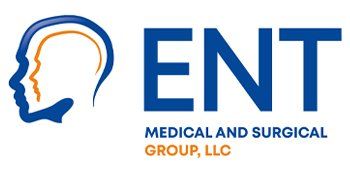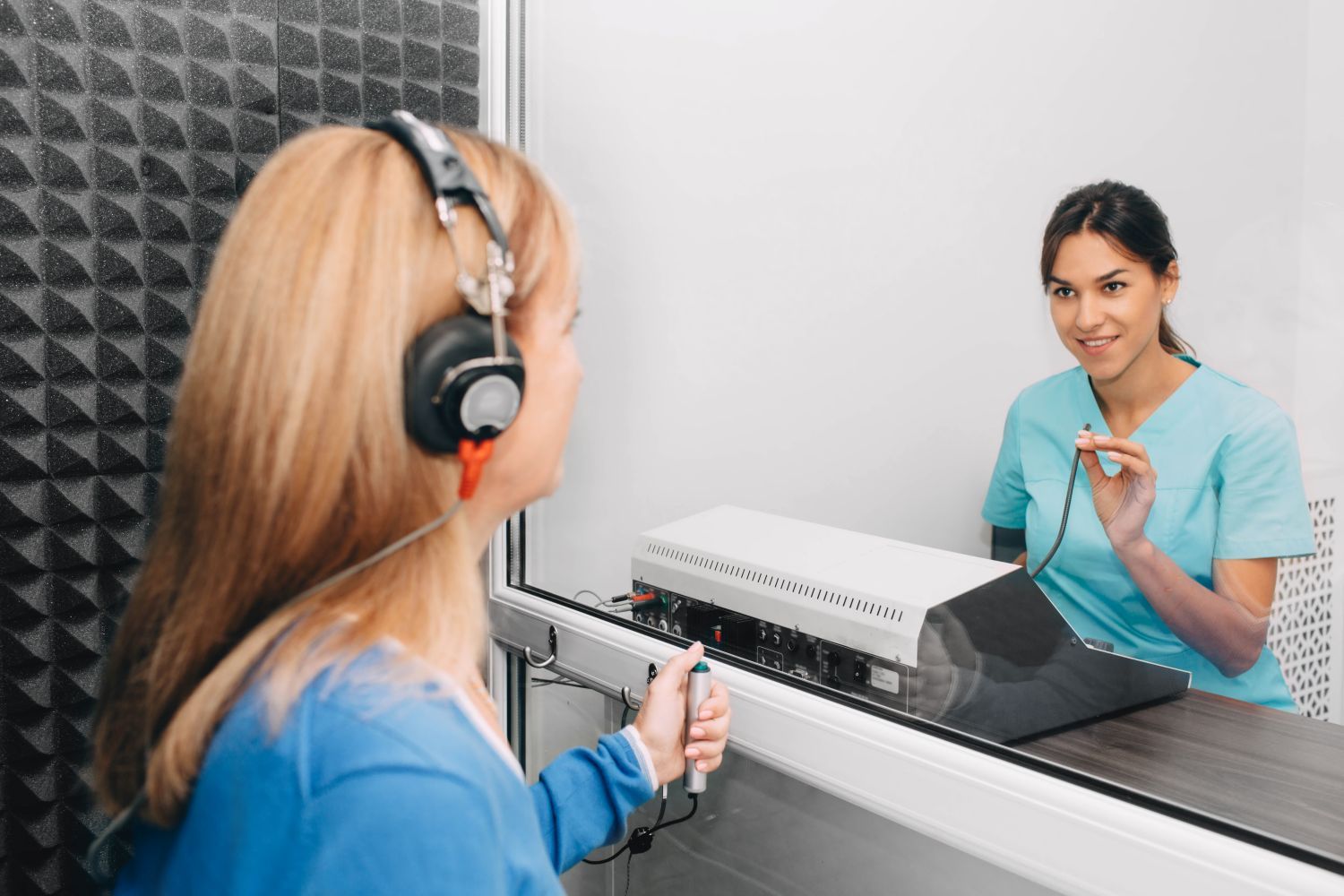How to Stop a Nosebleed: An ENT's Guide to Fast Relief & Prevention
Nosebleeds, medically known as epistaxis, can be startling and messy, but they are very common and are rarely a sign of a serious medical problem. Most nosebleeds originate from the front of the nose and are caused by a ruptured small blood vessel.
Knowing the correct first-aid steps is important, as many common "remedies" can actually make the bleeding worse. This guide will walk you through exactly what to do, what to avoid, and when it's time to see a doctor.
First Aid: The "Do's and Don'ts" to Stop a Nosebleed
Follow these steps for the quickest and safest way to stop a nosebleed.
What You SHOULD DO (The Correct Steps)
- Stay Calm and Sit Upright. Leaning forward slightly is key. This prevents blood from draining down your throat, which can cause nausea and mask the bleeding’s severity.
- Pinch the Soft Part of Your Nose. Use your thumb and index finger to firmly pinch the soft part of your nose (just below the bony bridge).
- Breathe Through Your Mouth. Continue holding pressure for a full 10-15 minutes without releasing. This allows a clot to form properly.
- Apply a Cold Compress. Place a cold pack or ice wrapped in a towel on the bridge of your nose and cheeks. This can help constrict blood vessels and reduce bleeding.
- Rest Afterward. Once the bleeding stops, avoid blowing your nose, bending over, or strenuous activity for a few hours to prevent re-bleeding.
What You SHOULD NOT DO (Common Mistakes)
- DON'T Tilt Your Head Back. This is the most common mistake. It causes blood to run down your throat, which can lead to nausea, vomiting, or even accidental inhalation.
- DON'T Lie Down. Remain in an upright position to reduce blood pressure in the veins of your nose.
- DON'T Pack Your Nose with Tissue. While it seems logical, tissues can stick to the clot and tear it away when removed, causing the bleeding to start all over again.
- DON'T Blow Your Nose. After the bleeding stops, avoid blowing your nose for at least several hours as it can dislodge the fragile clot.
What Causes Nosebleeds?
Understanding the cause can help you prevent future episodes. Common causes include:
- Dry Air: Heated indoor air or dry climates can dry out and crack the nasal membranes.
- Nose Picking: This is a very common cause, especially in children, as it can irritate or injure the delicate blood vessels.
- Colds and Allergies: Sinus infections and blowing your nose frequently can lead to bleeding.
- Trauma: A direct blow to the nose can cause bleeding.
- Anatomical Factors: A deviated septum (when the wall between your nostrils is off-center) can contribute to bleeding.
When to See a Doctor for a Nosebleed
While most nosebleeds are harmless, certain situations require medical attention. We recommend seeking professional care if:
- The bleeding continues for more than 20 minutes despite applying direct pressure.
- It follows a serious injury, like a car accident or a broken nose.
- You feel weak, dizzy, or lightheaded.
- You are swallowing a large amount of blood, which causes vomiting.
- The nosebleed occurs in a child under 2 years of age.
The Role of an ENT Specialist and Advanced Care
If you experience frequent or heavy nosebleeds, an ENT doctor can provide solutions that go beyond first aid.
- In-Office Cauterization: We can use a chemical swab or an electrical device to seal a recurring bleeding vessel. This is a quick and highly effective procedure.
- Nasal Packing: For a severe bleed, we may place a special sponge or gauze pack in the nose to apply internal pressure.
In some cases, especially after trauma or if a deeper source of bleeding is suspected, your doctor may order a CT scan (Computed Tomography). This provides a detailed, 3D image of your sinuses and nasal cavity to identify:
- Fractures from an injury.
- Underlying sinus disease or infections.
- The presence of abnormal growths like nasal polyps.
- The precise location of a hard-to-find bleeding source.
How to Prevent Nosebleeds
For those experiencing recurring nosebleeds, prevention focuses on maintaining a healthy nasal environment. Here are our top clinical recommendations:
Prioritize Nasal Moisturization:
Combat dryness by using a saline-based nasal gel or ointment. Applying a small amount to each nostril, especially at bedtime, can help maintain essential moisture and protect sensitive nasal membranes. This is particularly crucial during the dry winter months when heated indoor air is a common irritant.
Avoid Nasal Trauma:
It is vital to avoid picking or scratching the inside of your nose. The nasal septum is a highly vascular area, meaning it has a rich supply of surface blood vessels that are easily disturbed. Even minor trauma can cause these vessels to rupture and bleed.
Use a Humidifier:
Counteract dry air in your home by running a cool-mist humidifier in your bedroom at night.
Practice Gentle Blowing:
If you have a cold or allergies, avoid forceful nose blowing. Instead, blow gently, one nostril at a time.
If you are experiencing frequent or heavy nosebleeds despite these preventive measures, it may indicate an underlying issue that requires a specialist's evaluation.
Schedule a consultation with our ENT specialists today. We can identify the specific source of your nosebleeds and create a targeted treatment plan to provide you with long-term relief.













